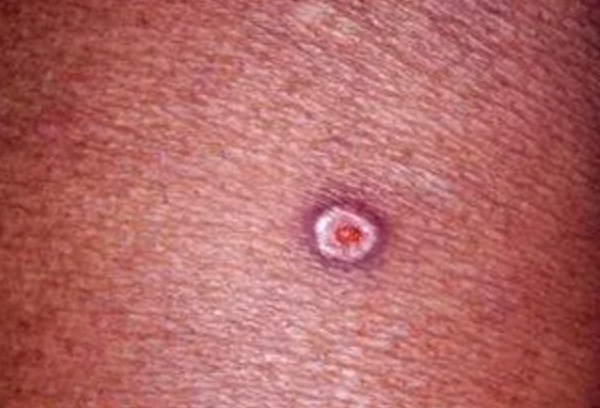Infections covered here are cryptococcal meningitis and cryptococcal pneumonia. The Fungi responsible are usually Cryptococcus neoformans and in non-immunocompromised people, C. gattii is proportionately more common.
Causes subacute meningitis with increasing symptoms over 1-4 weeks, symptoms may be headache, vomiting, intermittent fever and reduced mental acuity are the early clinical features. Later progressive decrease in conscious level, double vision then blindness, and stroke-like features occur, with raised intracranial pressure. Occasionally patients have focal neurological features. Focal central nervous system lesions are more common in non-immunocompromised people who may also develop communicating hydrocephalus and frequently also have focal lung lesions.
About 200,000 people are affected worldwide each year, 75% with AIDS. More common in sub-Saharan Africa and tropical countries (Brazil, Thailand, Malaysia, Papua New Guinea etc). In US, active population-based surveillance, conducted between 1992-1994, showed cryptococcosis developed in 2-5% of HIV-infected persons per annum. Annual incidence has declined following widespread use of fluconazole and introduction of more effective combination antiretroviral treatment. Combined flucytosine and amphotericin B have now been shown to be the most effective treatment. Read More
Among HIV-negative persons in US, average annual incidence has remained almost constant at about 1 case per 100,000 population. Globally about 50,000 are affected, roughly half with other immune defects, such as after transplantation, and the other half apparently normal people. Read more [Hyperlink] http://en.fungaleducation.org/

Skin lesion in patient with cryptococcal meningitis and disseminated infection.
